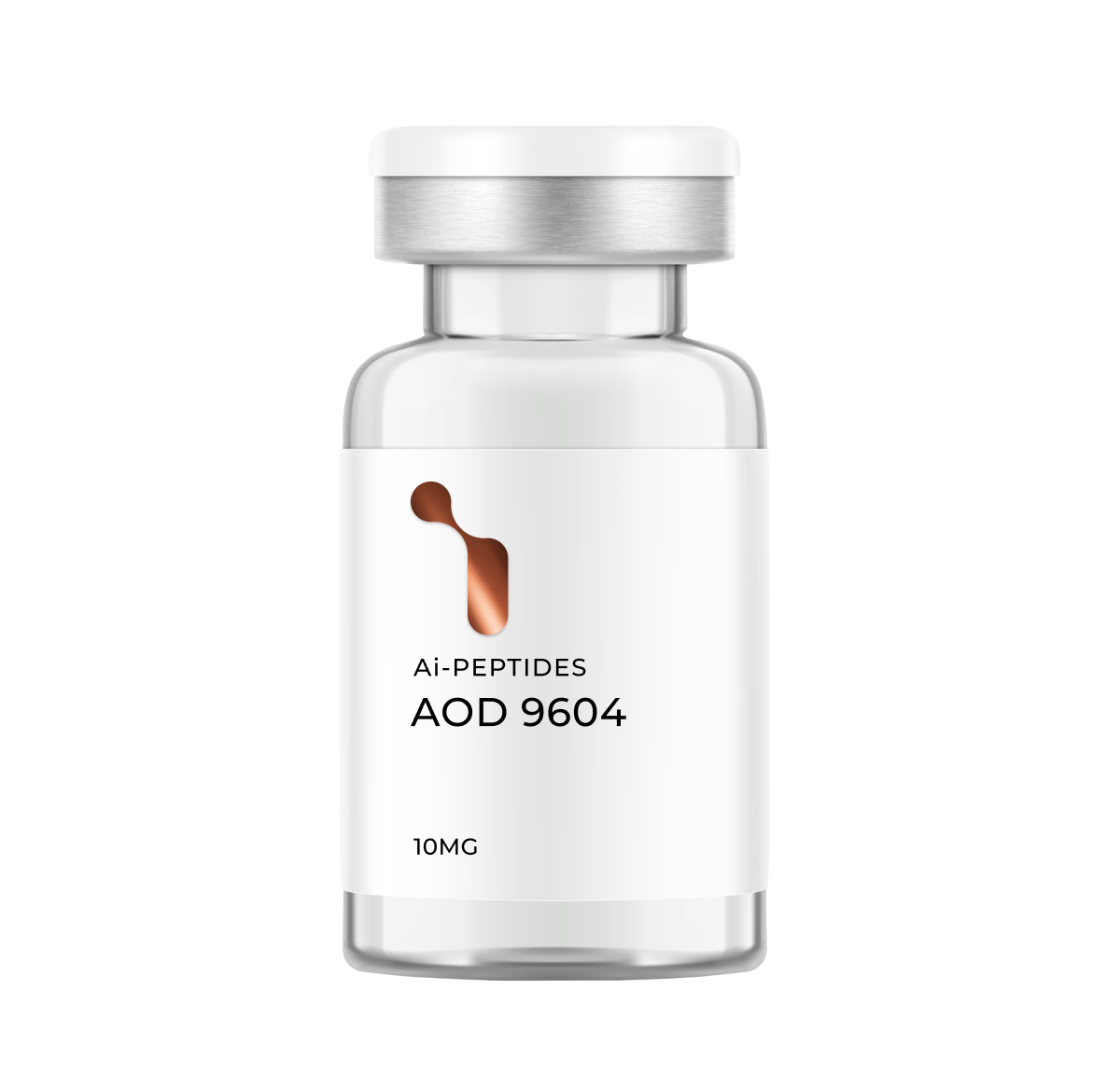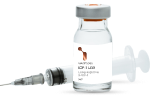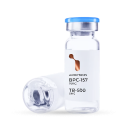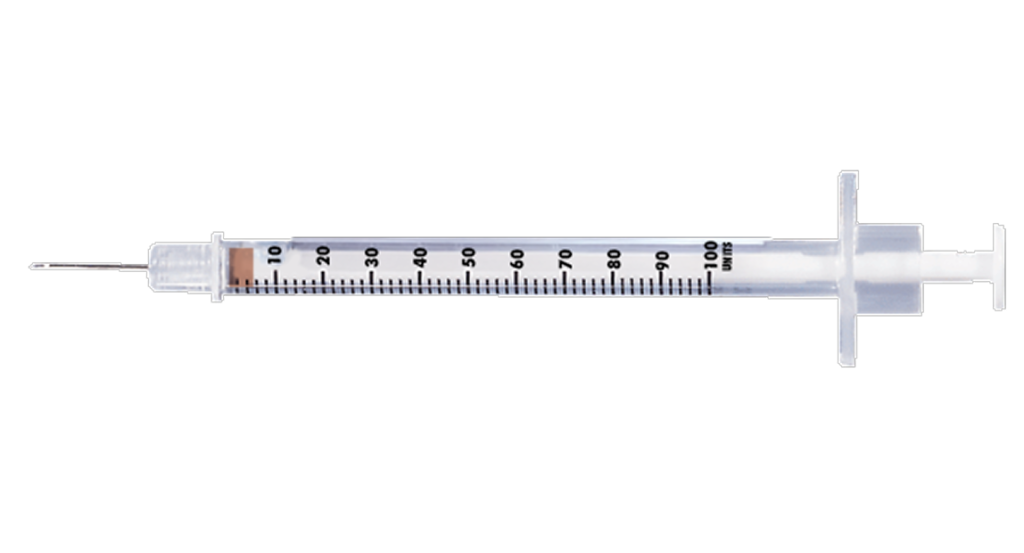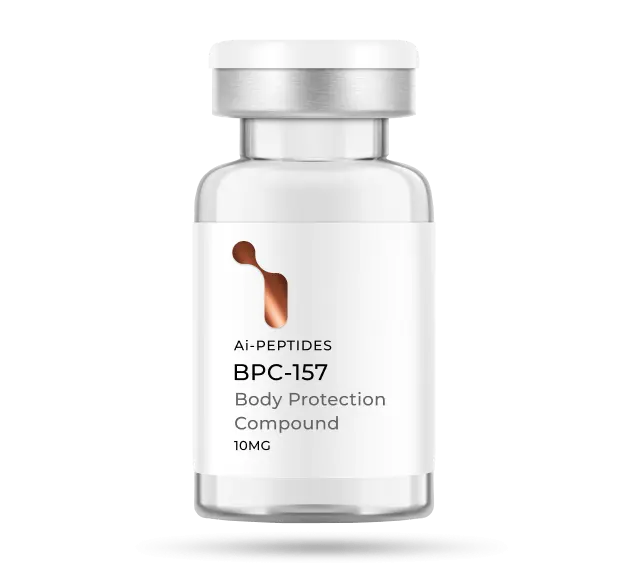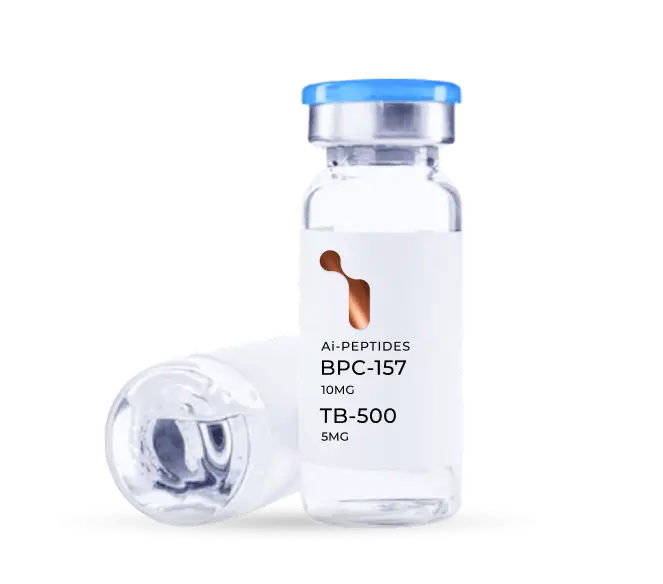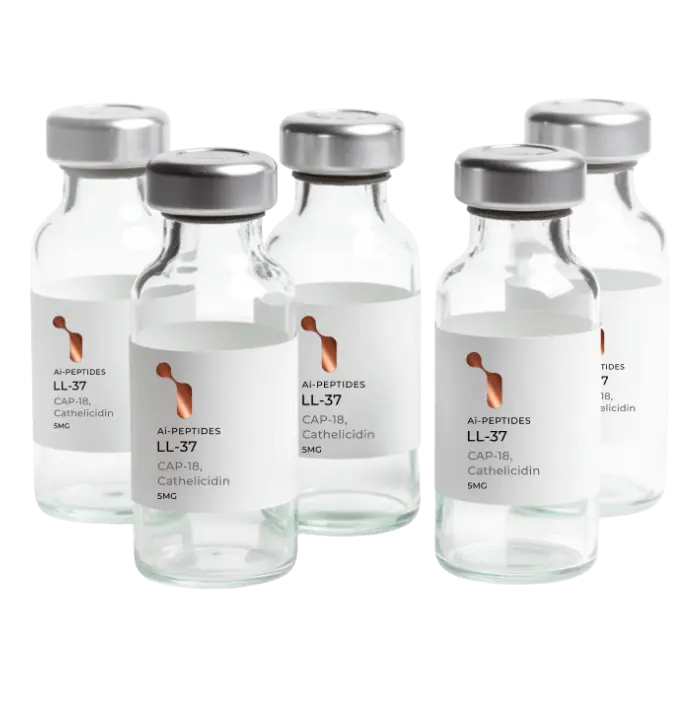AOD-9604 is a lab-designed fragment of human growth hormone—specifically the 176–191 region—built to focus on fat-metabolism signals without acting like full-length hGH. In plain terms, it’s a targeted slice of the larger molecule that researchers use to study how the body cues the use of stored fat in controlled models.
In preclinical literature, AOD-9604 is discussed around pathways linked to the breakdown of stored fat (lipolysis) and limiting the creation of new fat (lipogenesis). Because it’s a selective fragment, researchers are interested in whether it can model fat-use signaling without the broader growth-hormone effects seen with the full protein. You’ll often see papers exploring post-meal fat handling, energy expenditure markers, and downstream readouts tied to metabolic balance. These are research signals, not medical claims, and results vary by model and protocol.
What sets our AOD-9604 apart is clean, verified quality. Each batch is identity-confirmed (e.g., mass spectrometry) and purity-checked by HPLC with ≥99% purity (typical). You receive a lot-specific Certificate of Analysis (COA) that shows the actual test data—proof on paper, not promises.
We also emphasize consistency you can repeat. Specifications are kept tight from batch to batch and every lot is tracked, so you can reorder the analytical profile you liked and expect comparable behavior in method development, comparisons, and follow-up work.
If you value clarity, documentation, and high purity for metabolism-focused research, AOD-9604 from AI Peptides delivers exactly that—well-characterized material with transparent proof, so you can focus on the science with confidence.
